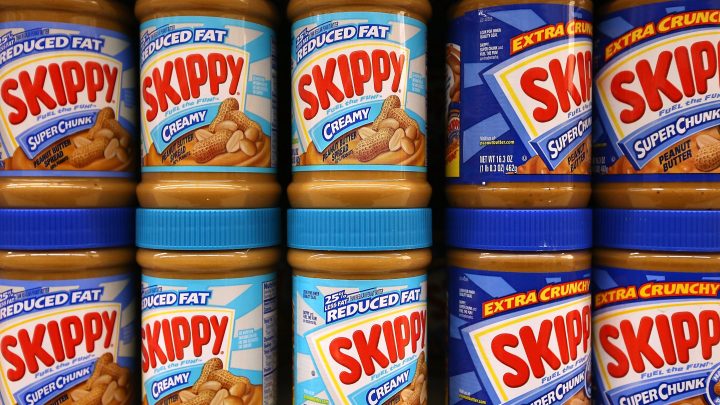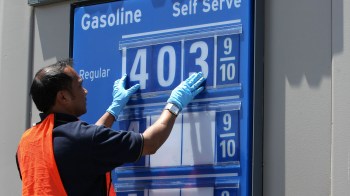
Labor costs are a key ingredient in food inflation

The price of food eaten at home is up 3.6% year over year, outpacing inflation. That’s according to July’s Consumer Price Index. Climate change, the war in Ukraine, and protectionist trade policies have all contributed, but a key ingredient is the increasing cost of labor.
Take the American classic PB&J. It has three main components: peanut butter and jelly, of course, and bread.
“None of those are raw commodities coming straight from farmer’s fields,” said Chris Barrett, professor of agricultural and development economics at Cornell.
He points out that generally only about 15% of the retail price goes to the farmer. Most goes toward processing and packaging and transporting the commodities.
And wages for people who do many of those jobs have gone up.
“The good news hidden in that higher grocery bill is that the workers all along the way are actually getting paid more than inflation,” Barrett said.
Still, those high bills hurt, and consumers of all income levels have adopted strategies that lower them.
Terry Griffin, an agricultural economist at Kansas State, got a large freezer and a smoker and started buying half a cow directly from the farmer.
“The first one lasted us about six months. Because we were really excited,” said Griffin. “So about every weekend we were smoking meat, and having a really good time doing that. But we’ve slowed down since then.”
Griffin said not only is it less expensive, he thinks the meat’s better quality, too.
TERRY GRIFFIN’S BRISKET
Start to finish: About a day, depending on amount of meat
Brine of choice, overnight. We prefer a dry brine, sometimes crushed rock salt.
Preheat smoker to 225°F. Wood choice is negligible.
Wrap brisket in aluminum foil, and set in smoker, crease side down.
Smoke until internal temperature is 165°F. It’ll take about 4 hours per pound of brisket.
There’s a lot happening in the world. Through it all, Marketplace is here for you.
You rely on Marketplace to break down the world’s events and tell you how it affects you in a fact-based, approachable way. We rely on your financial support to keep making that possible.
Your donation today powers the independent journalism that you rely on. For just $5/month, you can help sustain Marketplace so we can keep reporting on the things that matter to you.

















